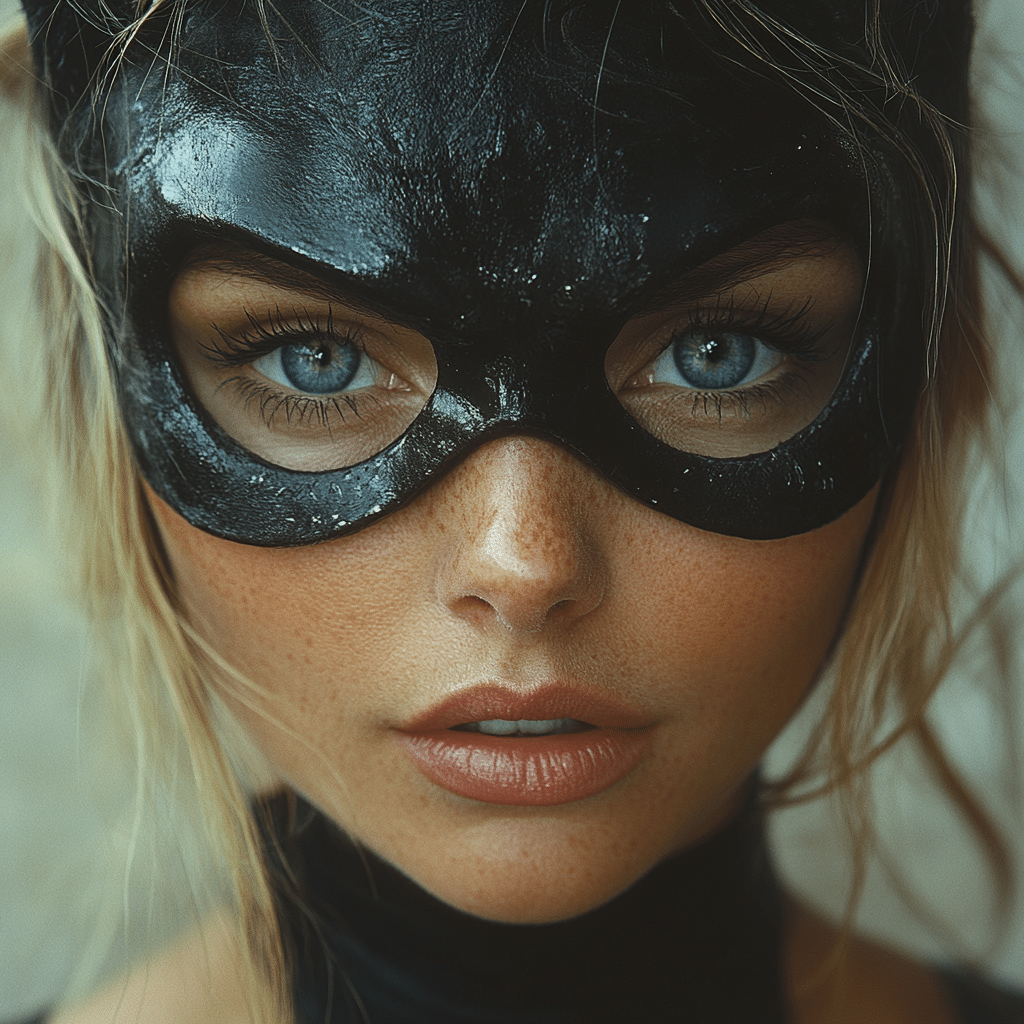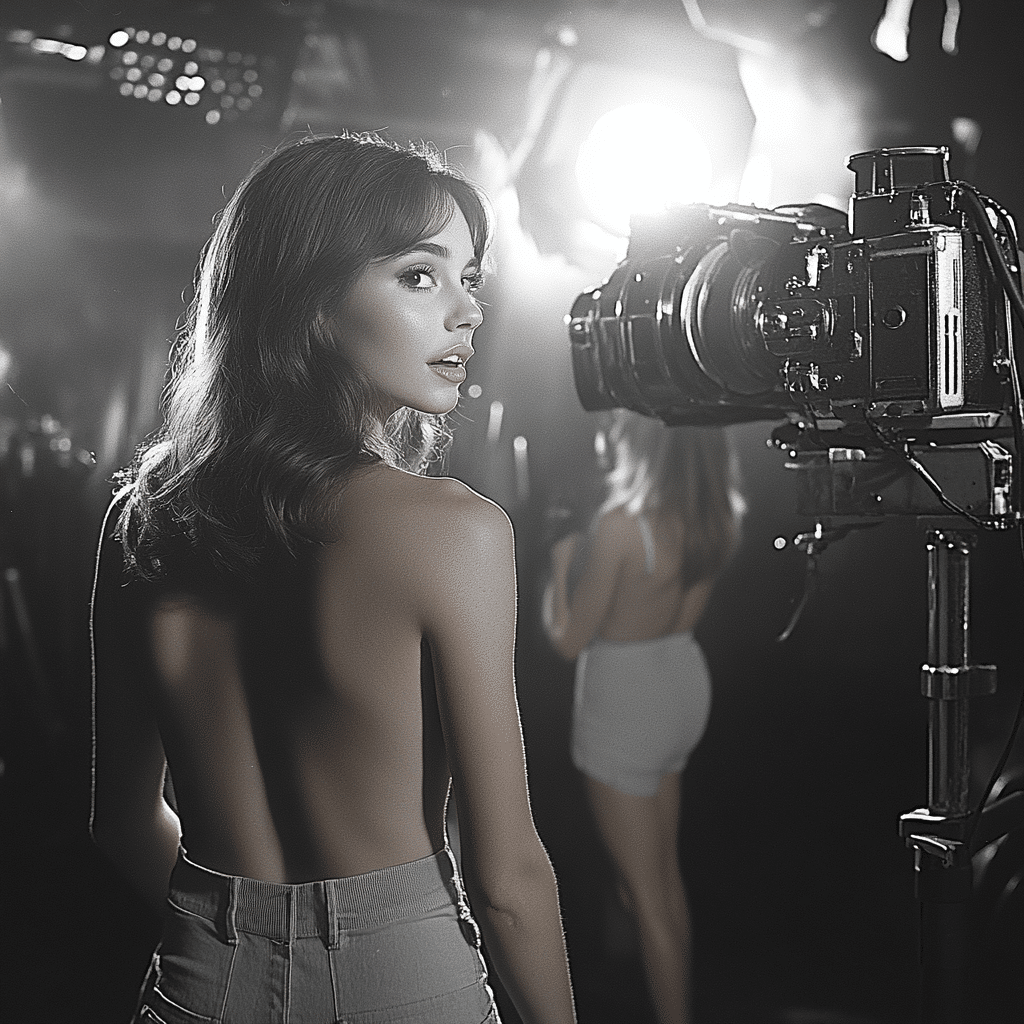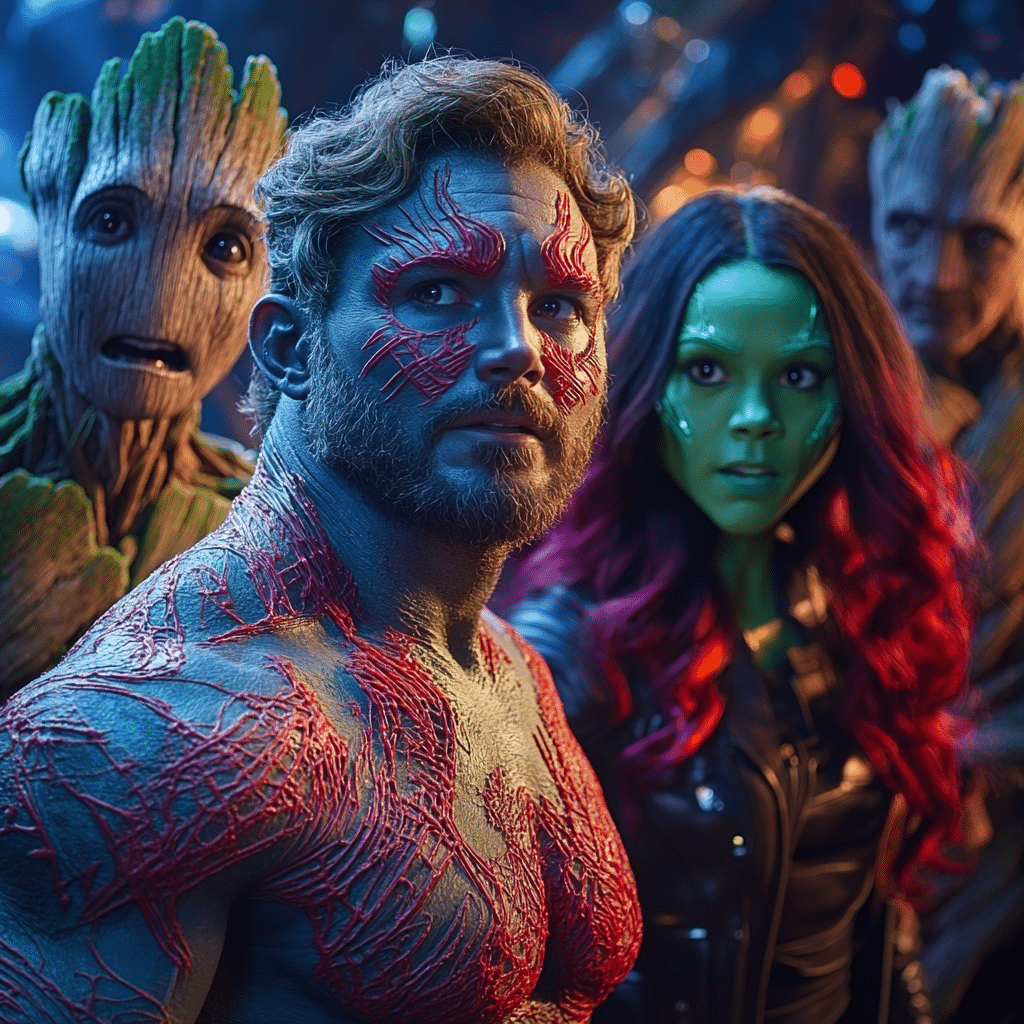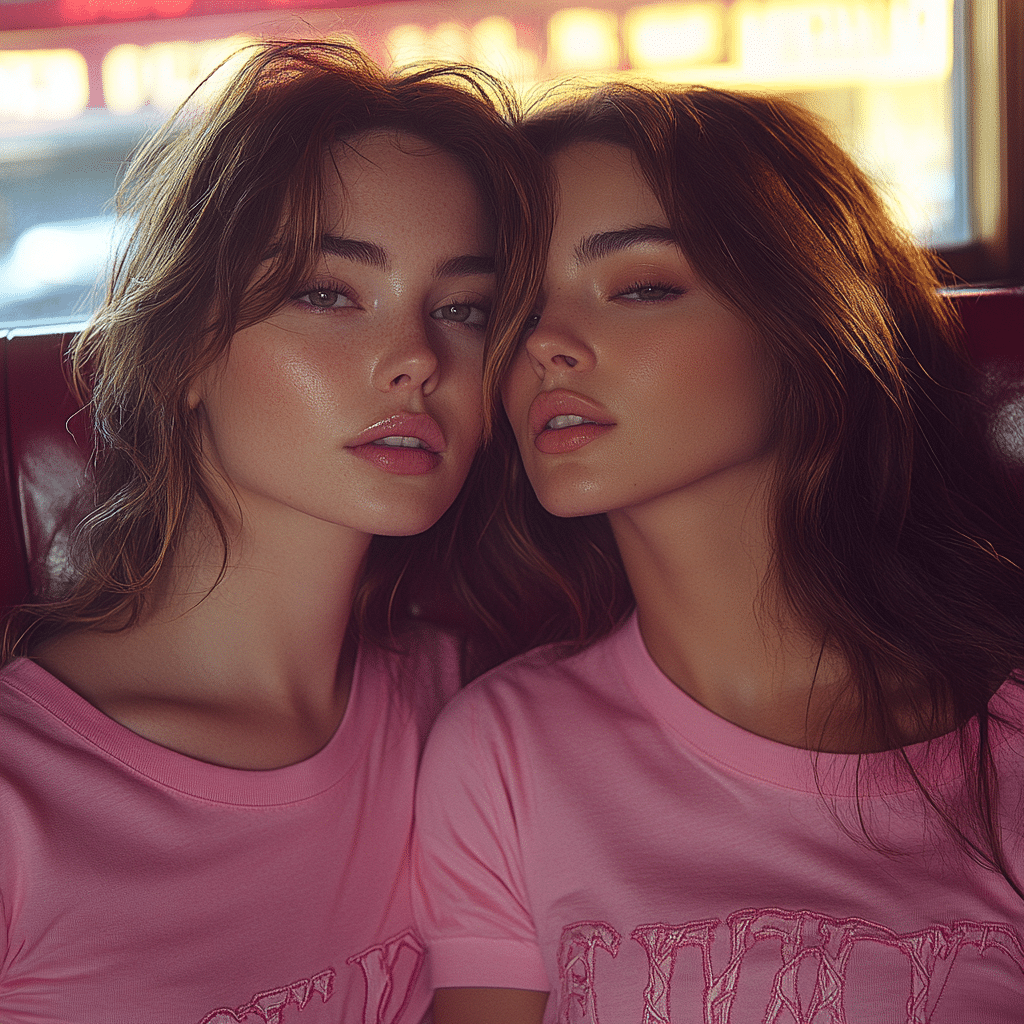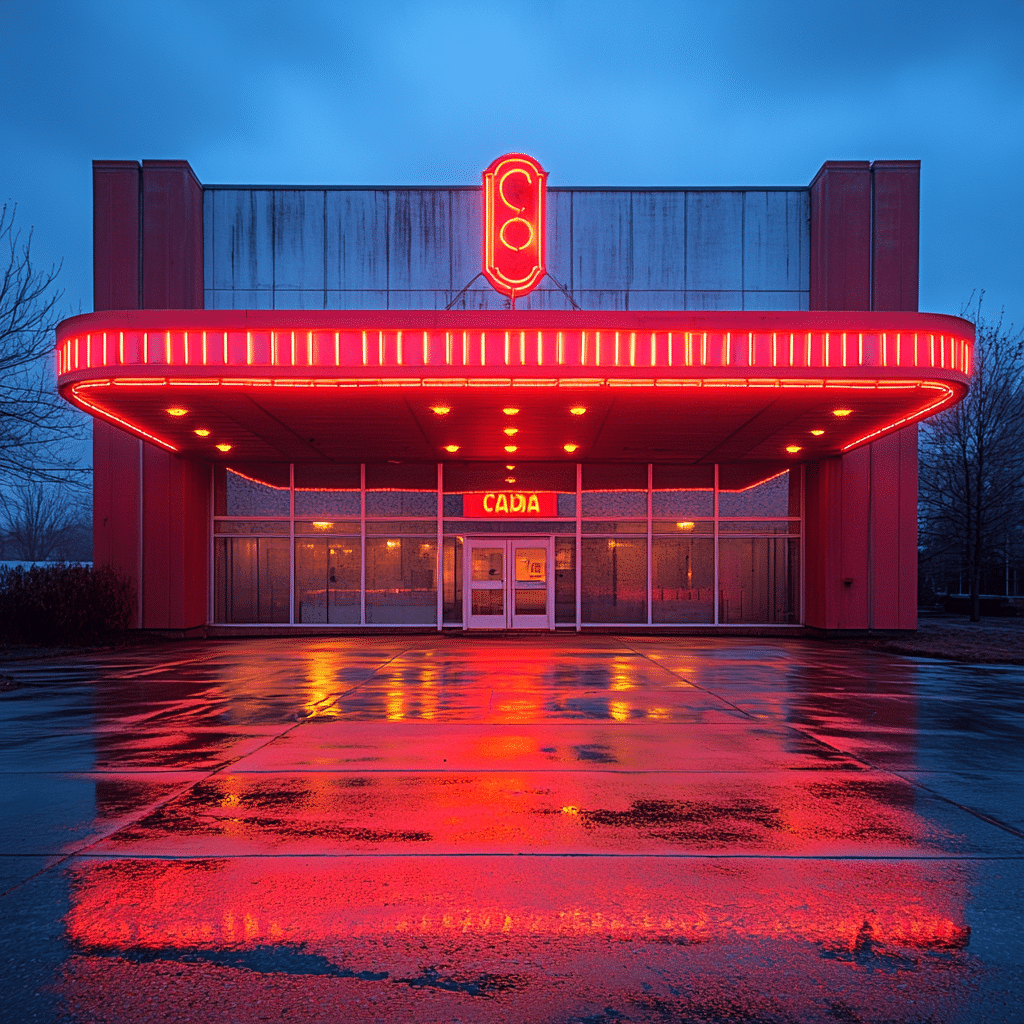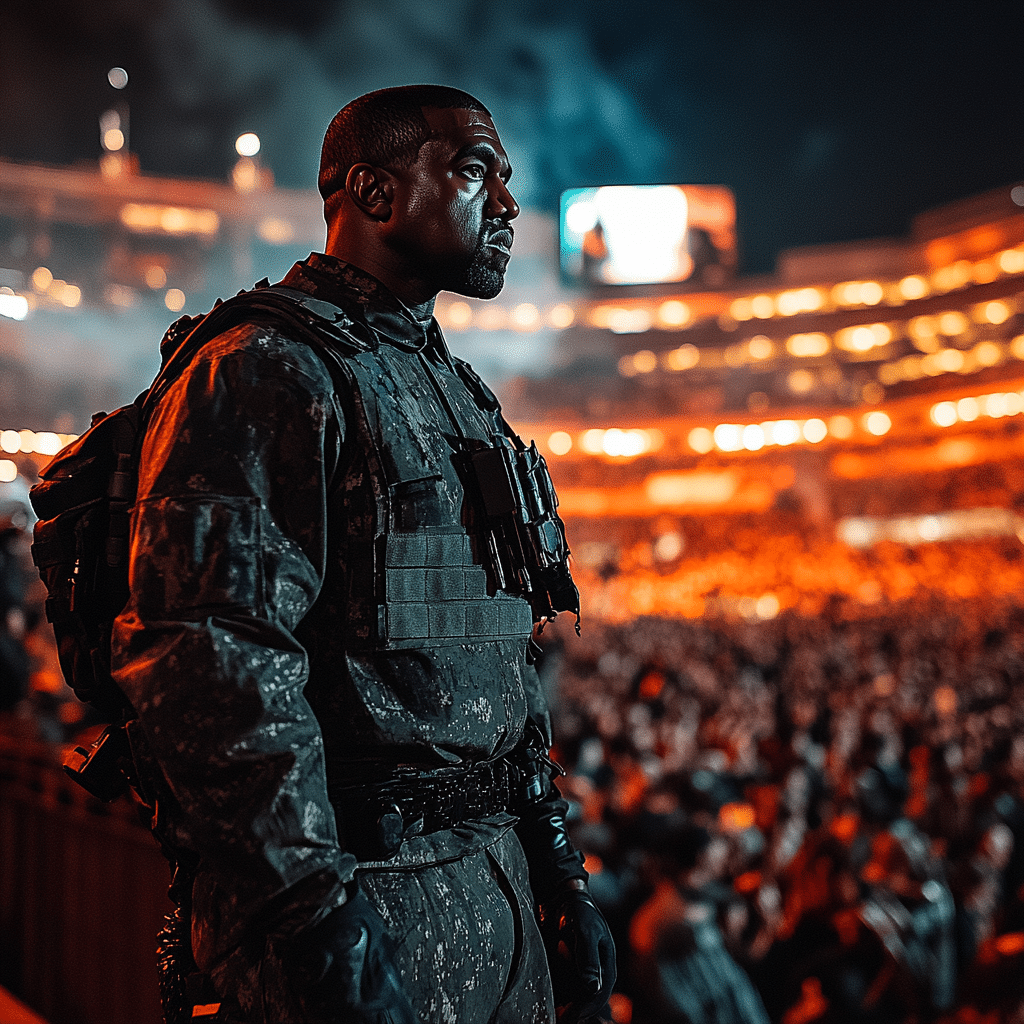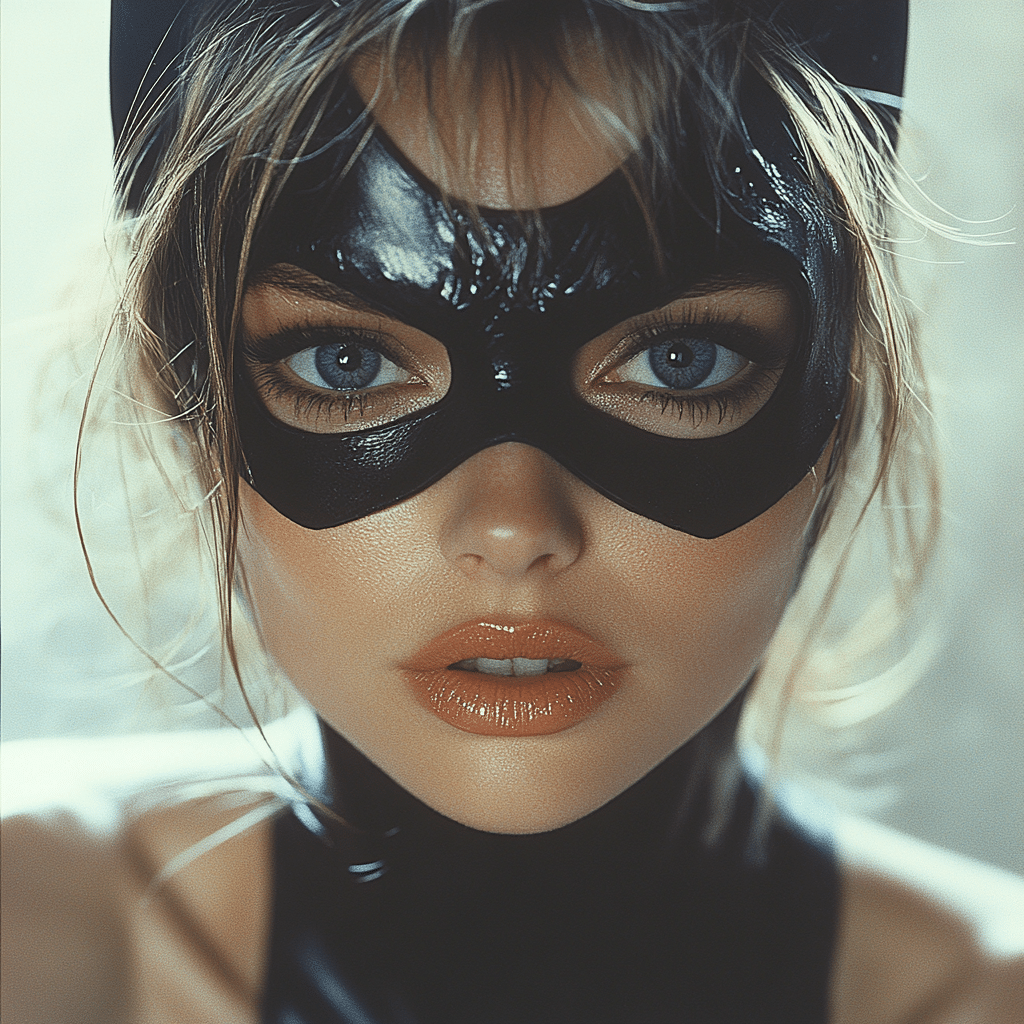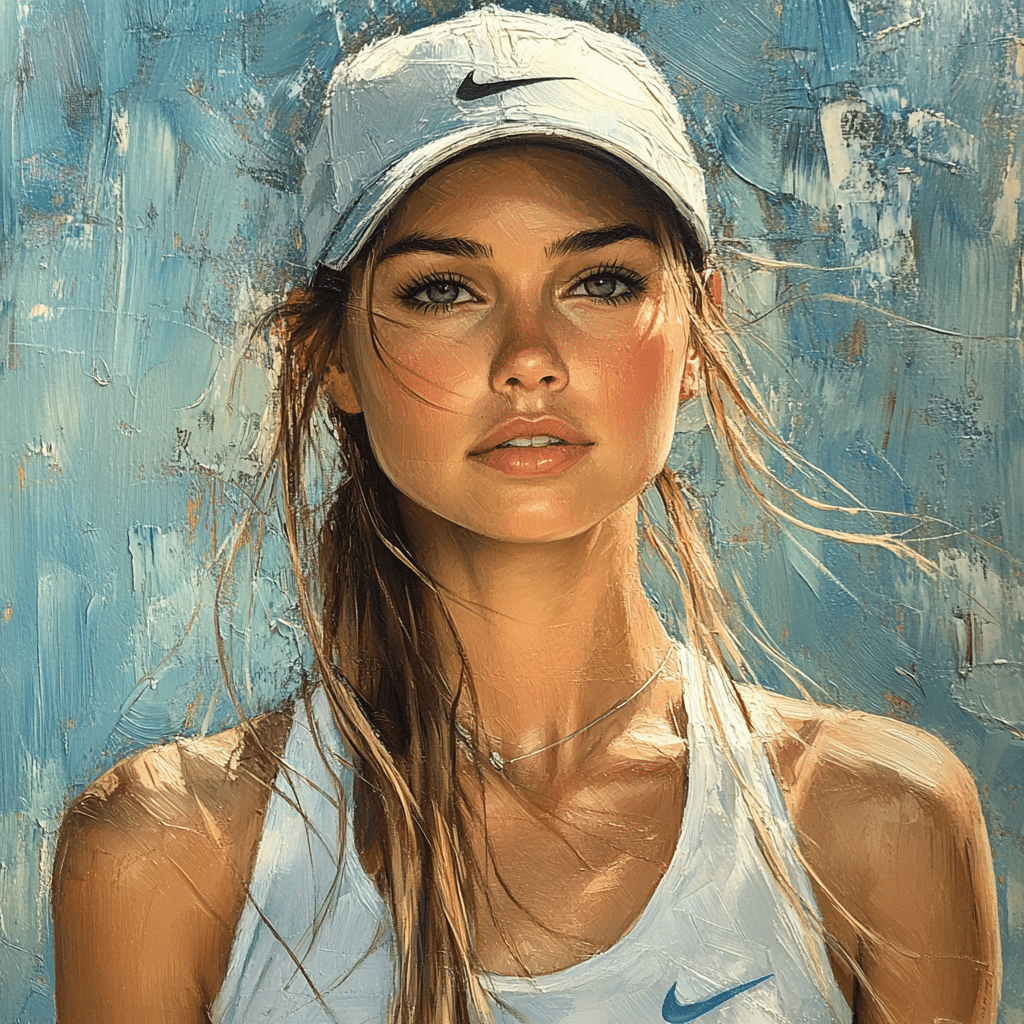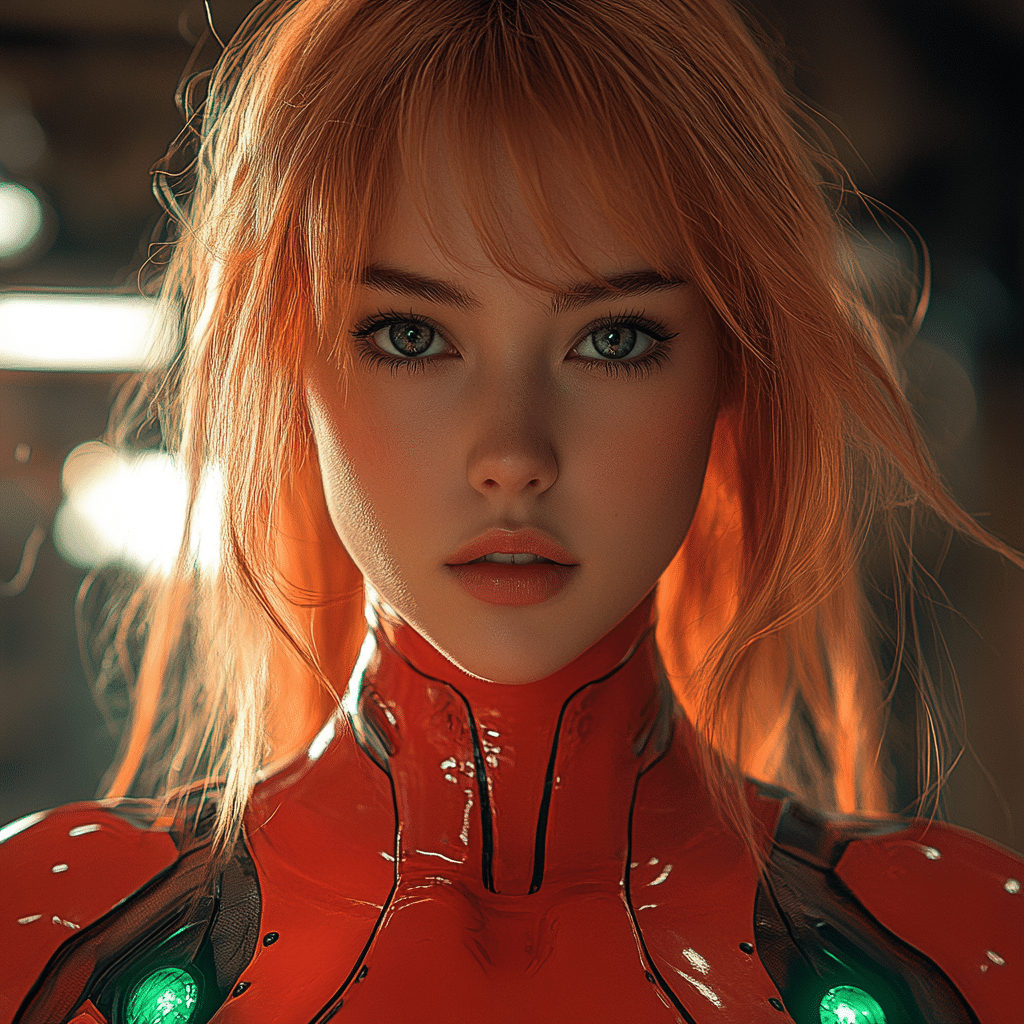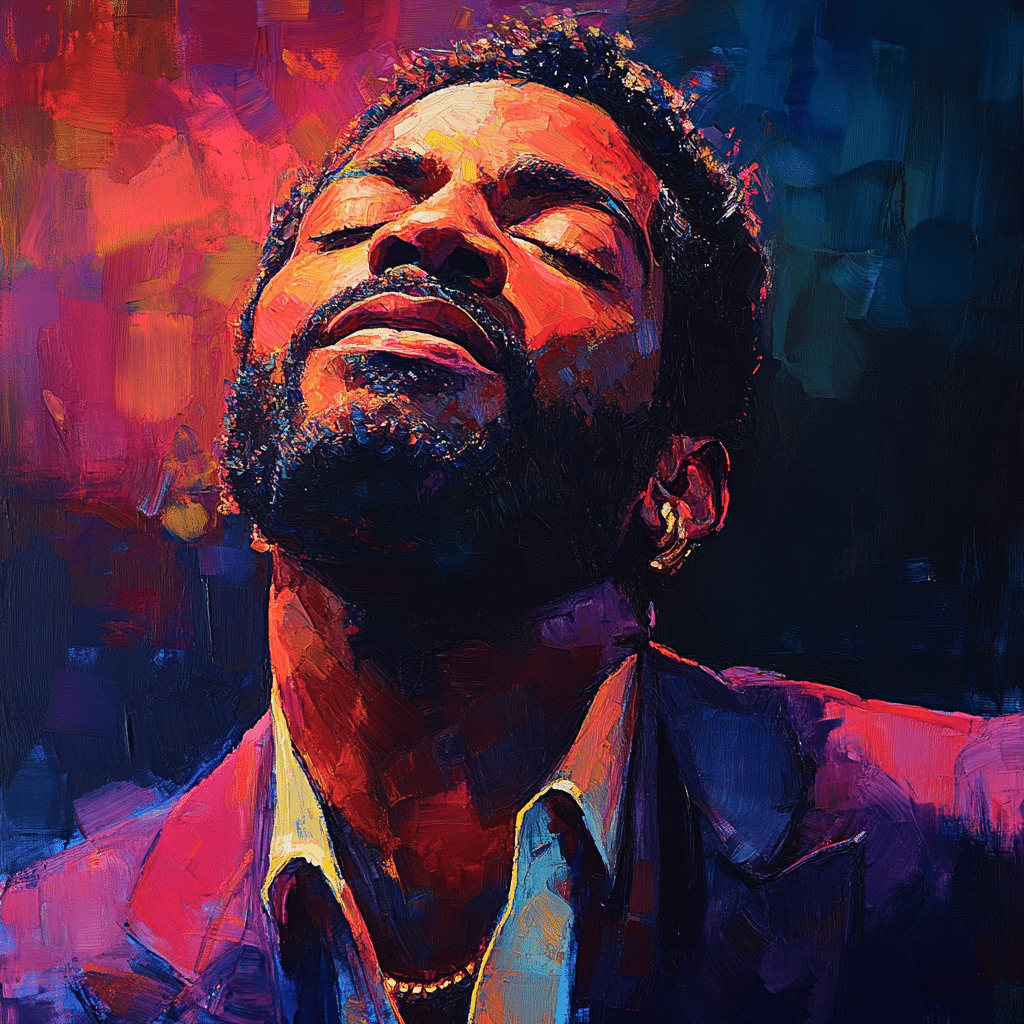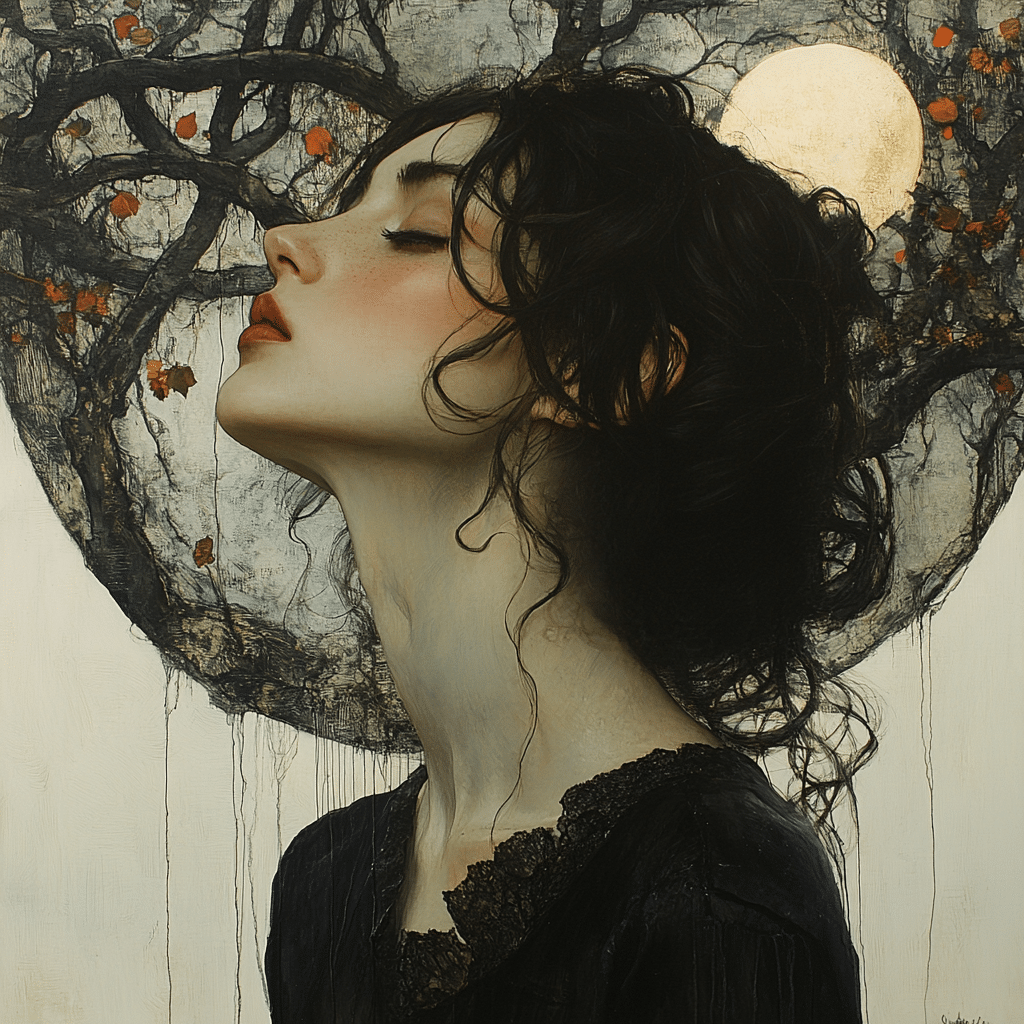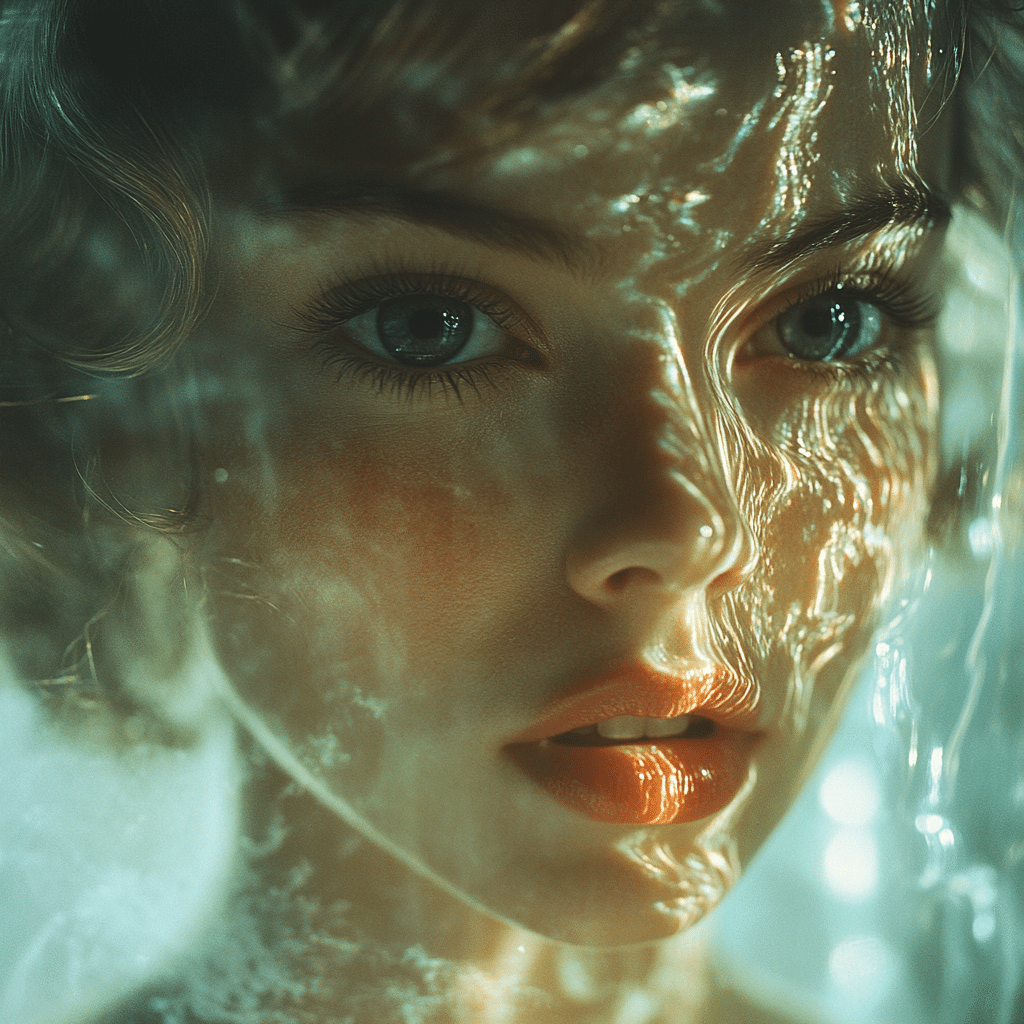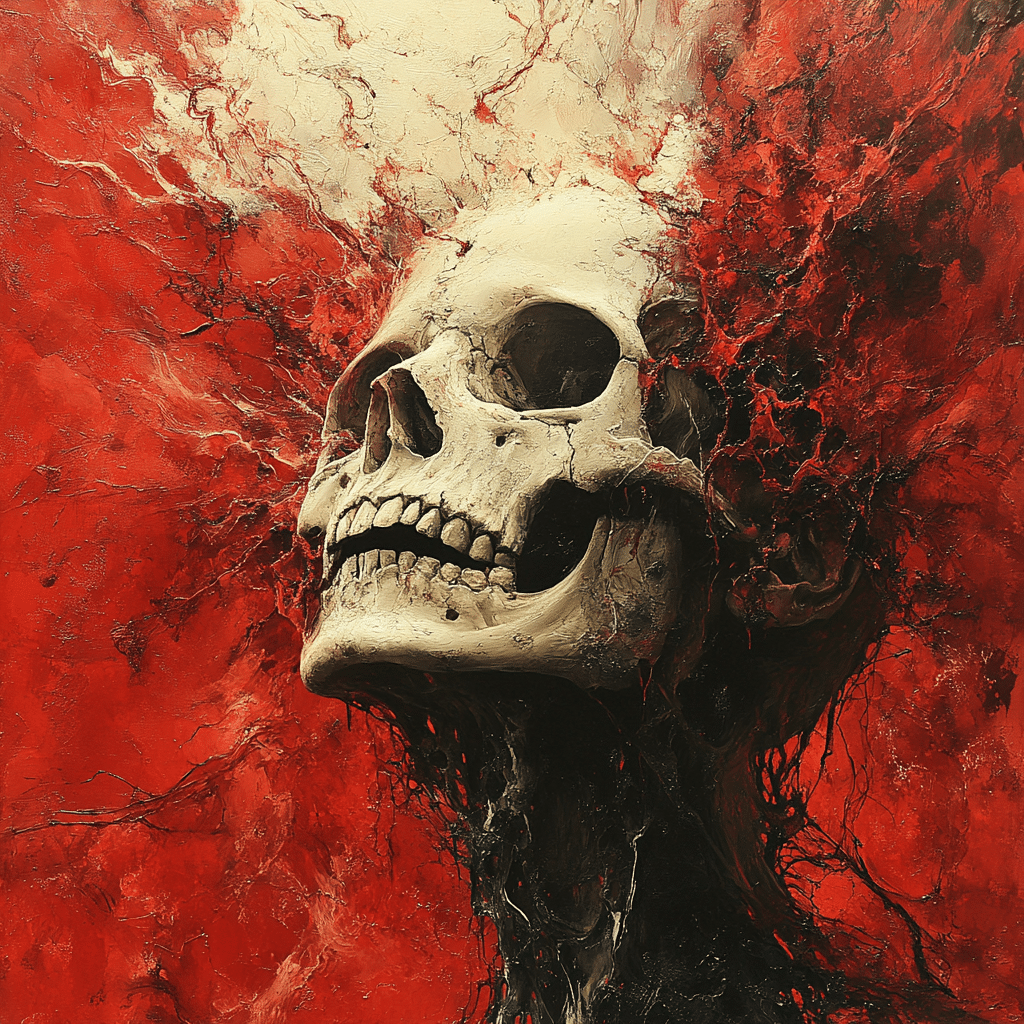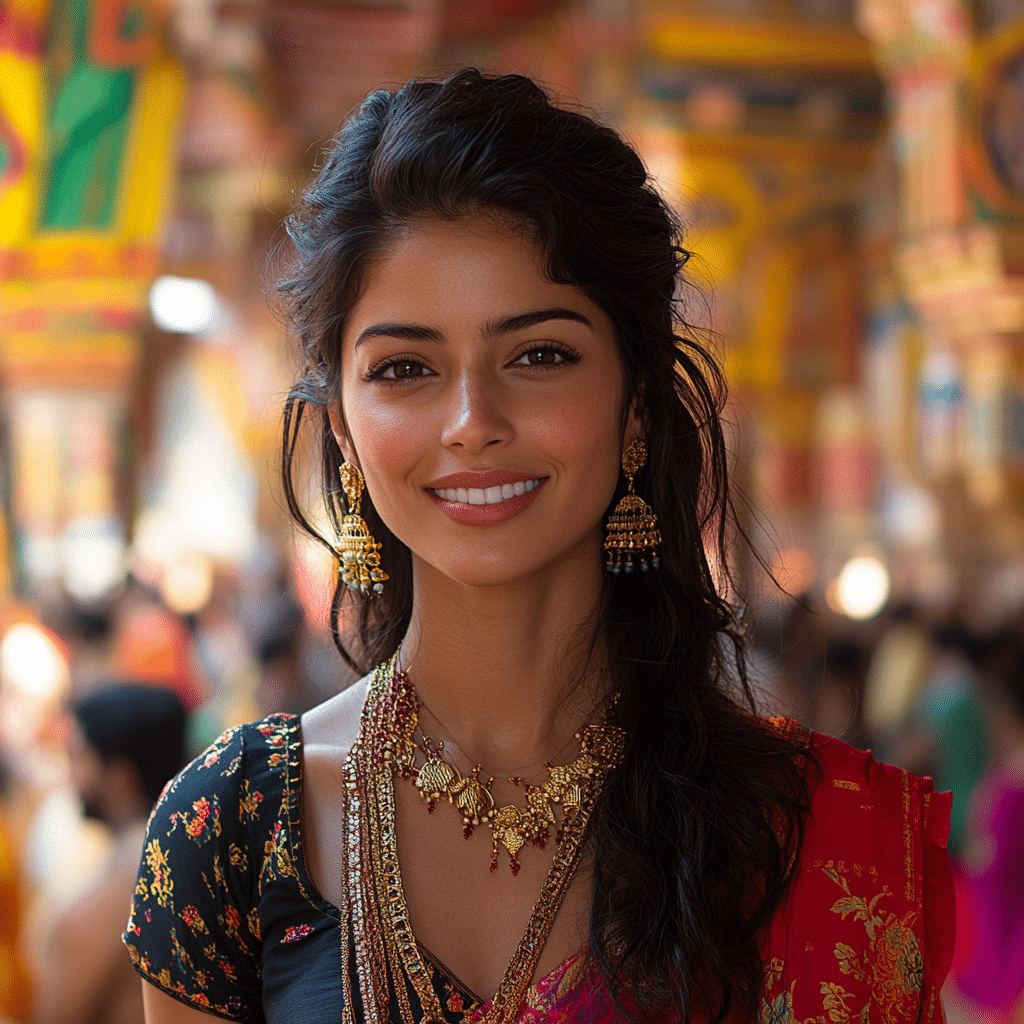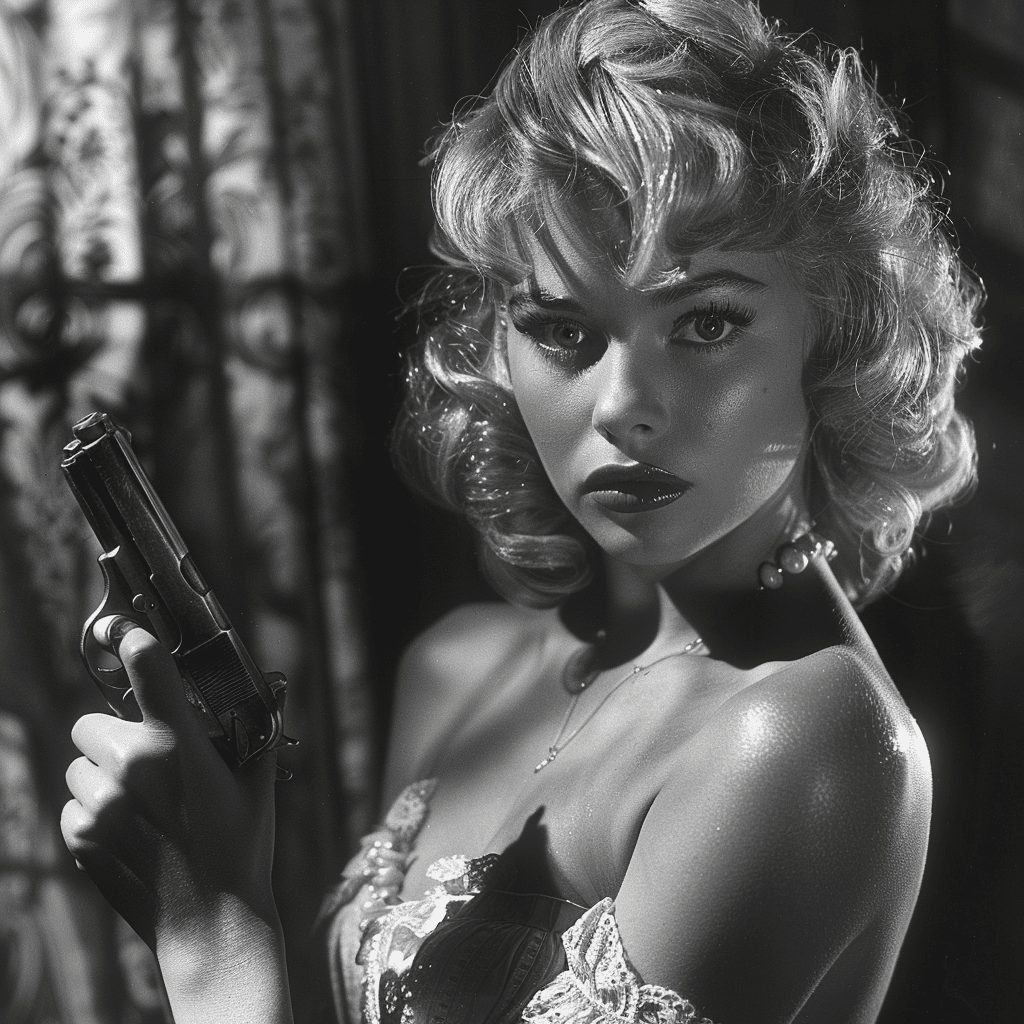When thinking of superhero films, the name Michelle Pfeiffer Catwoman inevitably pops into many minds. Her portrayal in Tim Burton’s 1992 classic, “Batman Returns,” created waves that continue to ripple through the film industry. She didn’t just play Catwoman; she redefined the character and set a benchmark for female villains. The transformation from the campy essence of the 1966 television series to a gritty, multifaceted character reveals how Pfeiffer’s performance altered our perception of anti-heroes in pop culture.
1. The Evolution of the Michelle Pfeiffer Catwoman Character in Cinema
Michelle Pfeiffer’s Catwoman isn’t your run-of-the-mill villain. She emerged from the shadows of comic book lore, breathing life into Selina Kyle with fierce complexity. Before Pfeiffer, Catwoman was often viewed through a lens of camp, primarily known as a love interest and occasional foe to Batman. However, with her character’s darker motives and a troubled past, Pfeiffer transformed Catwoman into a symbol of emotional depth and conflict.
Pfeiffer’s Selina Kyle isn’t just fighting against Batman but also against her inner demons. The character wrestles with identity crises, making her relatable to anyone who’s ever felt misunderstood. This intricate layering presented a refreshing take on the anti-heroine, showcasing her vulnerability and strength. It’s a vivid reminder that villains can possess a backstory rich with tragedy and conflicting emotions, paving the way for future portrayals in the superhero genre.
This portrayal was groundbreaking for the time. Rather than simply being defined by her relationships with male characters, Selina Kyle stood independently, her narrative deeply intertwined with challenges and personal growth. As we dive deeper into this captivating character, we see the nuanced performance that would inspire generations of female characters in superhero narratives to come.
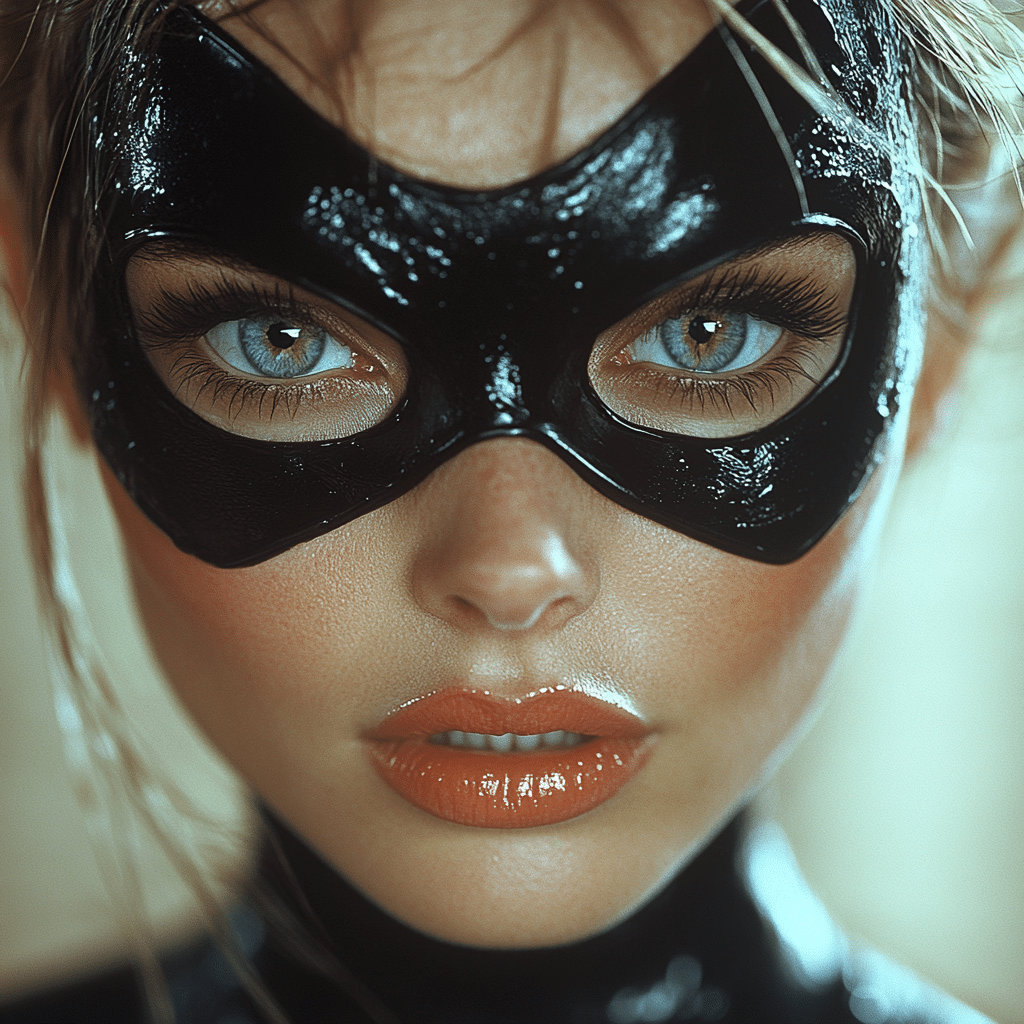
2. Top 5 Reasons Why Michelle Pfeiffer’s Catwoman Remains Unmatched
The emotional turmoil Pfeiffer brings to Catwoman is palpable. Her tragic backstory reveals a woman once marginalized by others. Feeling undervalued, Selina’s transformation into Catwoman speaks volumes about resilience and empowerment. This backstory, simmering with pain and redemption, elevates her character to one of profound complexity, setting a gold standard for female villains.
Who could forget that striking black leather suit? Designed by Julie Weiss, the costume didn’t just look incredible; it became a cultural phenomenon. The tight, form-fitting attire exudes power, seduction, and rebellion, symbolizing female empowerment. Its enduring influence is evident in numerous fashion trends and Halloween costumes, making it more than just a wardrobe choice but a lasting symbol of bold femininity.
The sparks flying between Bruce Wayne and Selina Kyle brought the screen alive. The tension wasn’t just romantic; it was electric. Pfeiffer’s impeccable timing and charisma highlighted their cat-and-mouse dynamic, making their interactions more enthralling than typical superhero love stories. This tension added another layer to the film, demonstrating that villainy isn’t just about the battles—they can be as intricate as a dance.
Pfeiffer’s Catwoman ripples through storytelling long after “Batman Returns” faded to black. Many actresses have attempted to capture her allure, from Anne Hathaway in “The Dark Knight Rises” to Zoe Kravitz in “The Batman.” However, it’s hard to overlook how Pfeiffer set the standard. Her iconic portrayal serves as a reference point for the evolution of female anti-heroes, inspiring contemporary narratives steeped in empowerment.
More than three decades later, Michelle Pfeiffer’s performance has only grown in esteem. Retrospective reviews highlight how her Catwoman transcends typical villain roles. Fans discuss her character’s complexity and charm in forums, and critiques emphasize the lasting impact her portrayal had not just on movies, but on how female roles are approached in modern cinema.
3. Behind the Scenes: The Making of Catwoman’s Iconic Scenes
Creating the legendary Catwoman scenes took immense effort and creativity. One of the most iconic moments is her transformation from the mousy Selina Kyle into the fierce Catwoman. Pfeiffer prepared for this role with commitment, training extensively in martial arts and dance to perfect her physical portrayal. Her dedication shines through in the fluid yet powerful movements that defined much of Catwoman’s character.
The choreography wasn’t solely a collaborative effort, though. Pfeiffer herself played a significant role in shaping the character, often suggesting changes that would highlight her struggles and triumphs. Interviews with cast and crew reveal how they worked together to craft these unforgettable moments, emphasizing the importance of teamwork in filmmaking.
Tim Burton’s vision, alongside Pfeiffer’s input, turned simple scenes into layers of meaning. From her haunting laughter to the swift movements in her fights, every detail was considered, making Catwoman far more than just a villain. It was a transformation grounded in emotional truth, and it dazzles viewers even today.
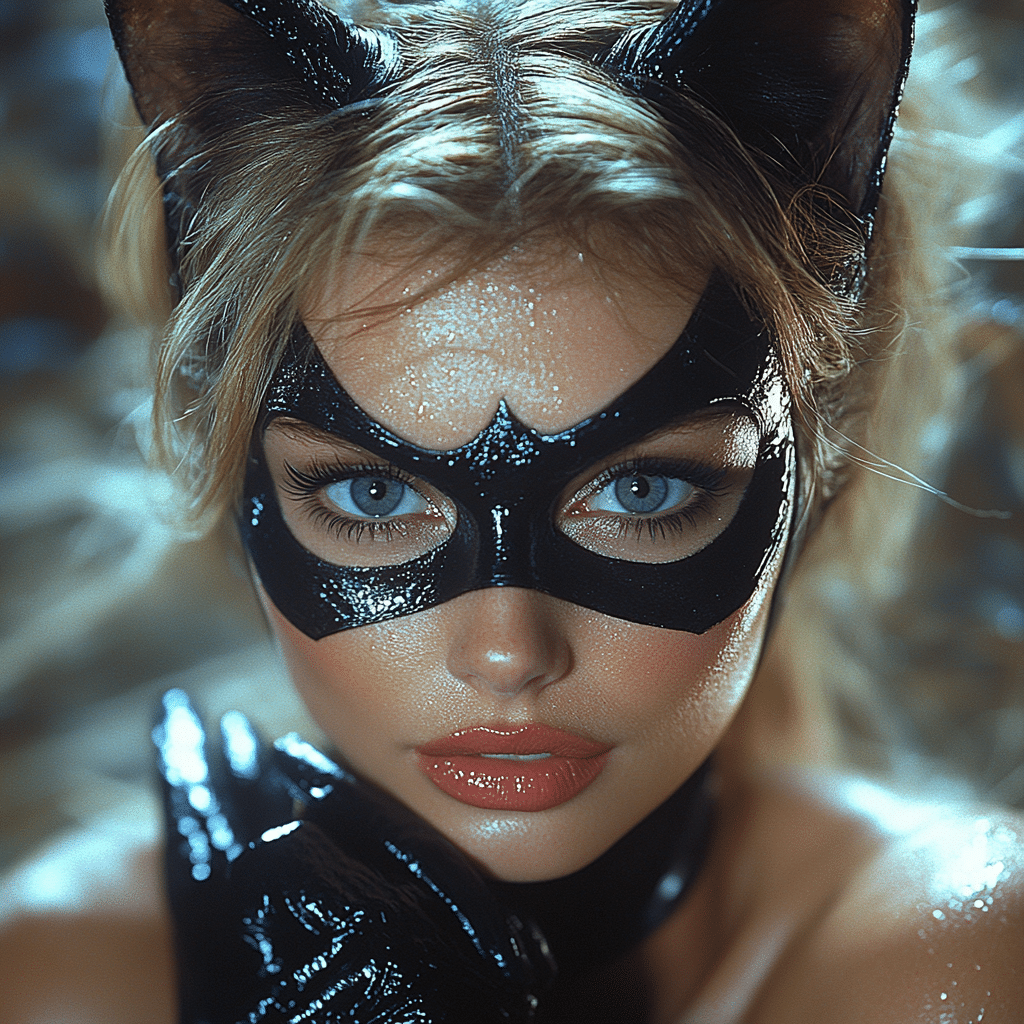
4. Michelle Pfeiffer Catwoman: Influencing Future Generations of Filmmaking
Pfeiffer’s Catwoman has opened the floodgates for strong female characters in superhero films. Her portrayal illustrates the need for multifaceted portraits of women who are as complex as any male counterpart. Filmmakers since 1992 have referenced her Catwoman, paving the way for a new wave of empowered female villains and anti-heroes, evident in franchises like Marvel’s “Jessica Jones” and the DC Universe.
Directors and screenwriters now strive to imbue female characters with depth and agency, drawing inspiration from Pfeiffer’s blend of ferocity and vulnerability. The industry is distinctly different because of her influence, leaning towards narratives that resonate with wider audiences, making anti-heroes relatable and multifaceted.
Films like Guardians Of The Galaxy 4 and “Pitch Perfect 3” showcase a shift where women step out of traditional roles, allowing them to command the screen with their unique stories. The legacy of Michelle Pfeiffer’s Catwoman shines through these narratives, entwining her influence with modern cinematic journeys that celebrate strong female leads.
5. The Enduring Allure: Fan Tributes and Merchandise
The affection fans hold for Michelle Pfeiffer’s Catwoman is nothing short of extraordinary. From comic conventions to dedicated online forums, her portrayal is continually celebrated across generations. The emergence of fan art and cosplay capturing her iconic look not only honors her performance but also cements her status in pop culture.
Merchandise surrounding Pfeiffer’s Catwoman remains popular. Action figures, clothing, and collectibles inspired by her portrayal keep the character alive in the hearts of fans. This ongoing passion for Catwoman showcases the character’s resonance and ability to inspire creativity and community among fans who grew up with her.
Social media has enhanced this connection, allowing fans to share their tributes widely. Engaging discussions emerge as fans revel in her charm, frequently sharing clips, scenes, and artwork on platforms like Instagram and TikTok. There’s a palpable excitement surrounding this character that proves Pfeiffer’s performance isn’t just a relic of the past but a living part of our cultural fabric.
A Lasting Impression in Pop Culture
In closing, Michelle Pfeiffer’s Catwoman transcends the boundaries of a mere character; she represents a cultural legacy. As we step into the future, her impact continues to resonate in superhero narratives and beyond. Her portrayal of Catwoman invites ongoing discussions about identity, empowerment, and how female characters have evolved in cinema. This captivating version of Catwoman remains as relevant today as it was in the early ‘90s—a tribute not just to the film, but to the profound storytelling that can change how we perceive female characters forever.
The lasting allure of Michelle Pfeiffer Catwoman showcases the groundbreaking potential for women in film, ensuring her legacy will continue to inspire and captivate fans for years to come.
Michelle Pfeiffer Catwoman: The Iconic Role That Captivated Fans
A Purr-fect Performance
Michelle Pfeiffer’s portrayal of Catwoman in the 1992 film “Batman Returns” is often hailed as one of the most iconic comic book adaptations, captivating audiences with her sultry and complex character. Interestingly, Pfeiffer’s transformation into Catwoman came with its share of challenges. For the role, she wore a skintight leather suit that required several fittings, complementing her fierce performance as she embodied the character’s duality of being both a villain and an anti-heroine. As she slipped into that memorable costume, she brought a fierce femininity to a character that many fans still cherish. It’s almost comparable to how thoroughly the pitch perfect 3 cast plays with different personas in their performances.
Behind the Scenes Secrets
Did you know that Pfeiffer wasn’t the first choice for Catwoman? The filmmakers had considered several actresses before landing on her, proving that sometimes, the right fit comes as a surprise. This role not only skyrocketed her already blooming career but also paved the way for strong female characters in superhero films. Such progress in casting underscores the changing landscape of roles, much like how the Cinemark Tinseltown Grapevine and XD brings diverse films to its audience’s screens. Pfeiffer’s commitment to her character was so deep she’d even trained in martial arts to nail the action scenes seamlessly. That’s dedication!
The Iconic Legacy
Pfeiffer’s performance influenced future adaptations of Catwoman, setting a standard in how the character is portrayed in today’s films, echoing the way Kurt Russell works in his roles to leave a lasting impact. Audiences still discuss her captivating portrayal, indicating her performance continues to resonate strongly, decades later. Her unique mix of vulnerability and ferocity marked a new era for female comic book characters, reminiscent of newer adaptations. As fans debate who the best Catwoman is, the legacy of Harry Jowsey in reality TV might just show how memorable characters continue to capture public imagination in various genres, driving them to explore the depths of their stories.
In short, Michelle Pfeiffer’s Catwoman is more than just a role; it’s a cultural touchstone that resonates with fans and inspires countless discussions about enchantingly strong female characters in cinema. It’s amazing how one performance can usher in such a wave of admiration and contribute to the evolution of film!
